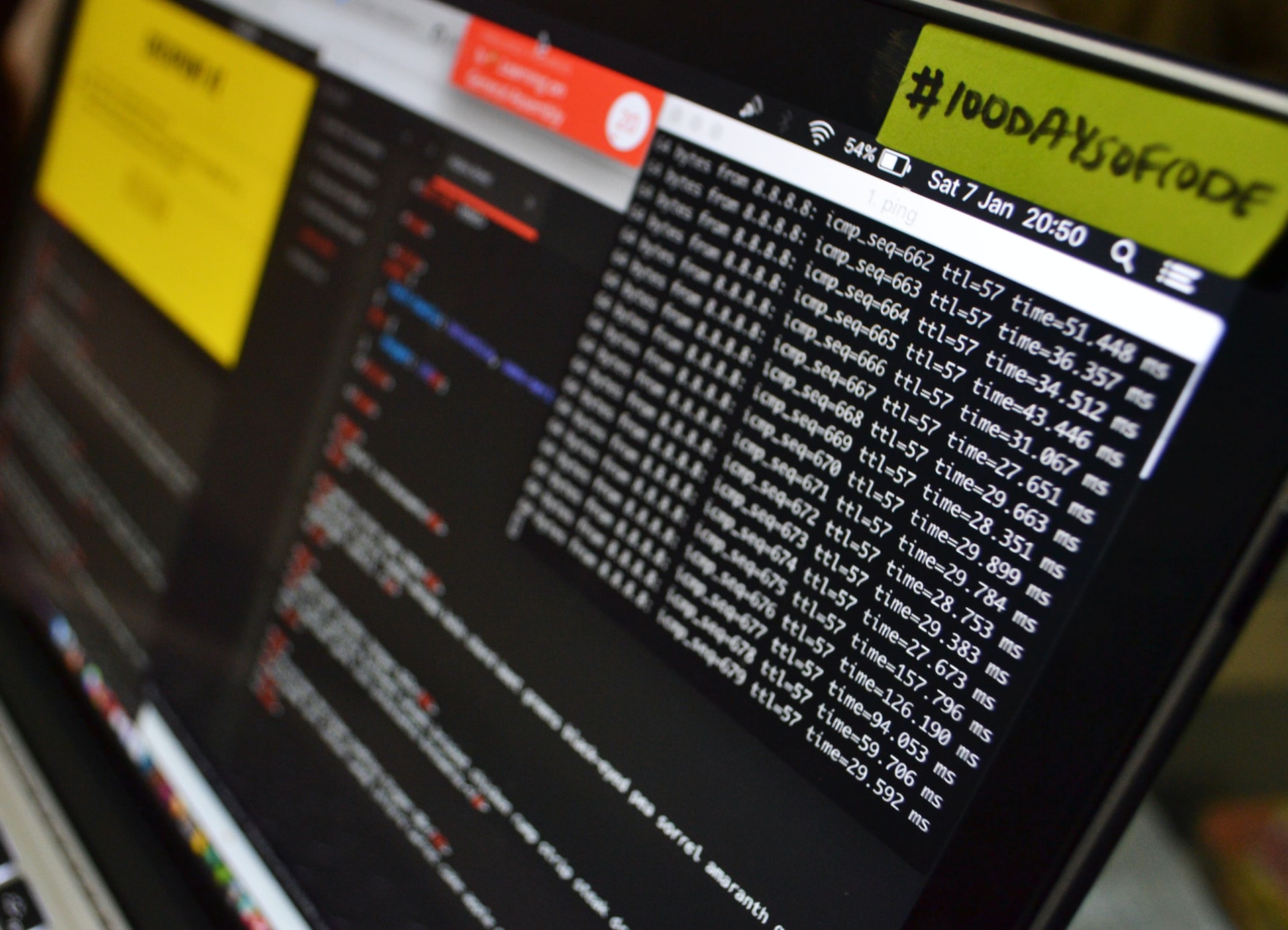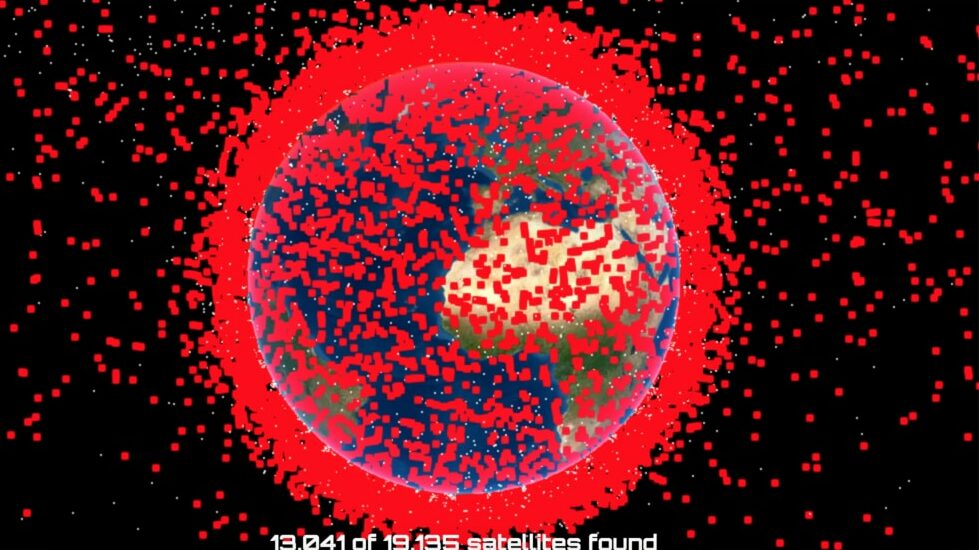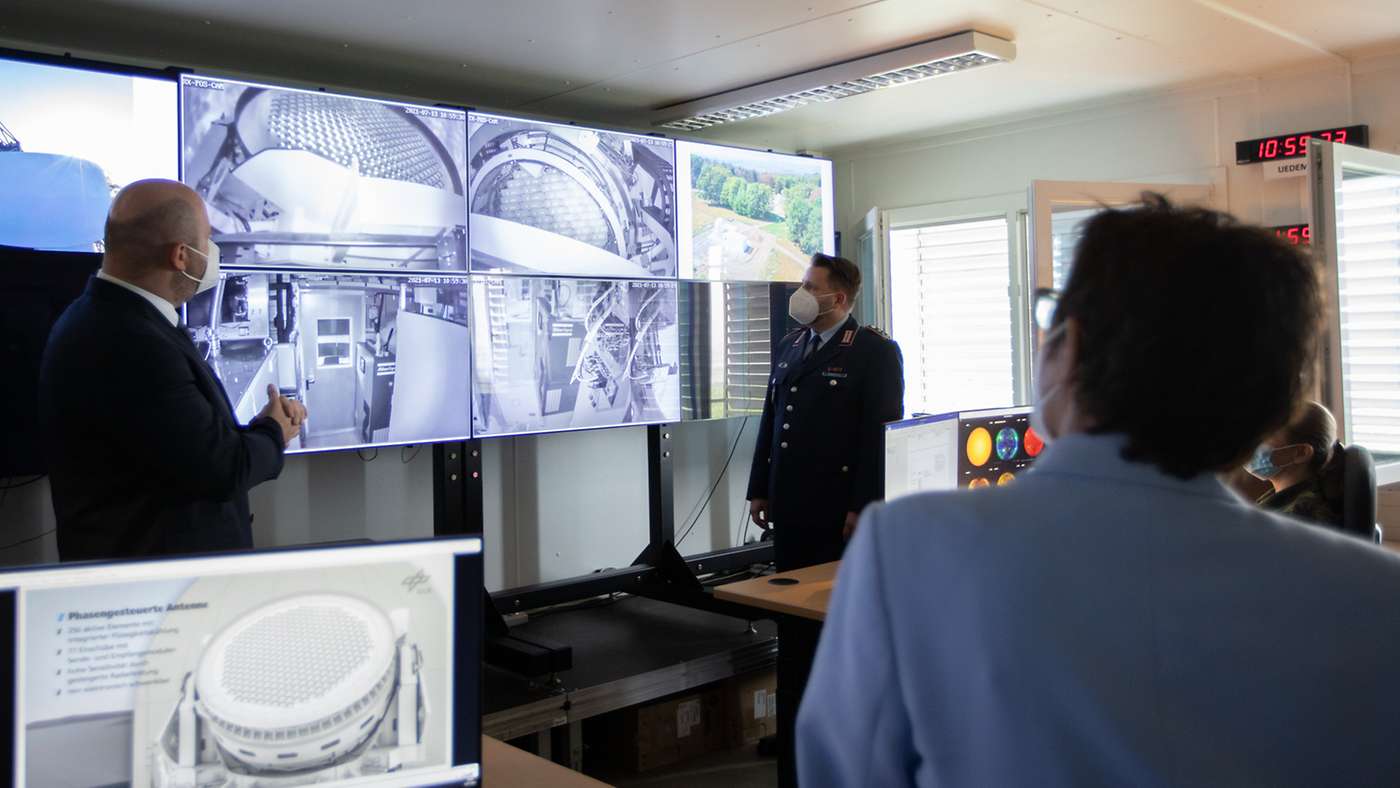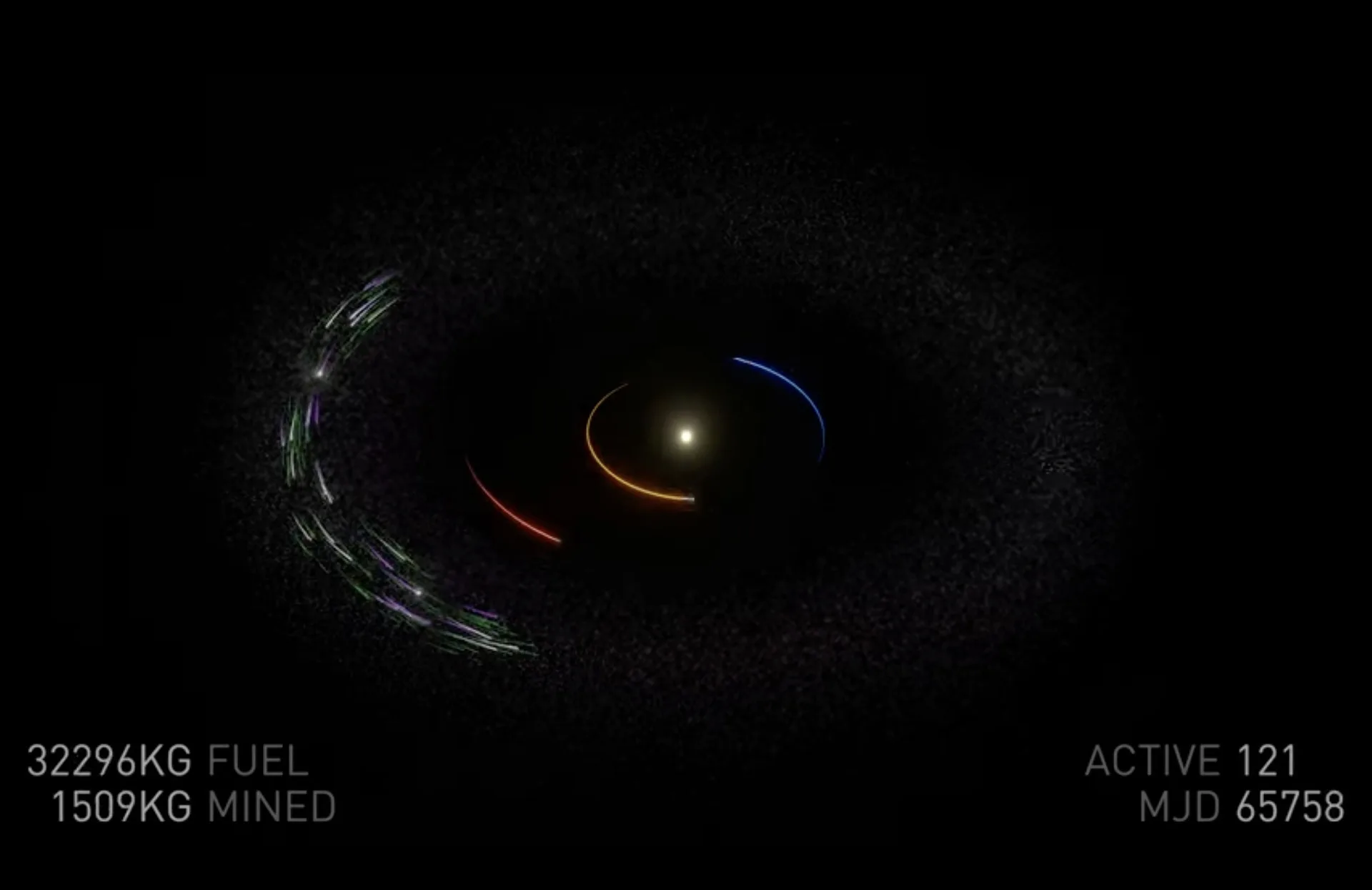
Vyoma and Atos sign partnership
Published on Fri, 08.04.2022 – 08:51 CEST in Cooperations, covering VyomaAround 5,000 satellites are now in orbit (as of April 2022). With the deployment of satellite constellations, several thousand more are to be added in the next few years. This is important for Earth observation, for communication and also for navigation. But despite the infinite expanse of space, it is becoming increasingly crowded, especially in low-Earth orbit. As a result, the risk of collisions with other satellites, as well as with space debris, is increasing. Vyoma has set out to avoid this through on-site observation. To this end, the start-up is now relying on cooperation with the internationally active IT service provider Atos SE.
Space Situational Awareness - or: What's actually going on in orbit?
For many years, the disposal of satellites at the end of their service life played only a minor role. Disposing of them in a targeted manner was either too expensive or simply not technically possible. This negligence of past times is now a major problem for space activities in general. Although there are still no binding specifications as to when decommissioned technology must be removed from the particularly important orbits, there are at least selfcommitments on the part of manufacturers and operators.


For many objects in orbit, however, this comes too late, so that the worst case has already occurred: On February 10, 2009, the two satellites Kosmos 2251 and Iridium 33 collided at an altitude of about 800 kilometers. In March 2021, the Chinese satellite Yunhai 1-02 was hit by remnants of a Russian rocket. To make matters worse, on November 15, 2021, Russia tested an anti-satellite weapon, destroying its own satellite Kosmos 1408. The debris generated by these three incidents alone greatly increases the collision risk for functioning technology.
Vyoma solves the problem of accurate observation in real time
In the meantime, avoidance maneuvers of space stations and satellites are part of the operators' daily routine. Often, imminent collisions can only be detected so late that they can only be avoided by a hair's breadth. The main problem here is the reliable observation of especially small pieces of debris. From Earth, they can only be detected above a certain minimum size; in addition, the position and the weather influence the observation. Vyoma's approach is to counter this with its own satellites and a global network of ground-based sensors. Crucial to this is Vyoma's ability to calibrate atmospheric models. In this way, the German start-up creates a space situational awareness image in real time, enabling flight path predictions to be made with a precision that was previously impossible.
Atos is responsible for data management
The data is then made available to customers so that they can plan appropriate maneuvers for their in-orbit technology. The data management system required for this is supplied and operated by Atos. The global company, headquartered in the French town of Bezons (near Paris), ensures that the data is processed and stored according to the customer's needs. As satellites are part of the critical infrastructure, maximum cyber security for data and applications is essential. According to the company, Atos has been supporting satellite operators for 20 years with a comprehensive portfolio of products and services. Among other things, with the efficient analysis of extensive Earth observation data, the management of interference and carriers, the testing of electrical subsystems and the operation of versatile, automated mission control systems.
Multinational company and start-up pulling in the same direction

The partnership between Atos and Vyoma is not only remarkable in terms of the joint project. After all, this is a meeting of worlds that could not be more different. Atos SE, a French IT service provider listed on the stock exchange, generates annual sales of around 12 billion euros with its 110,000 employees worldwide. Vyoma, on the other hand, is a startup with just about a dozen employees. In other industries, it is quite common for large companies to take over a startup and bring its expertise in-house. Alphabet (Google) and Meta (Facebook) are probably the best-known examples of this. However, this does not necessarily improve the original ideas of the founders. In this respect, a partnership at eye level - regardless of the size of the company - is certainly the better way. This applies all the more from the point of view that a littered orbit will have a lasting negative impact on space travel. For everyone.
via Atos, Vyoma







